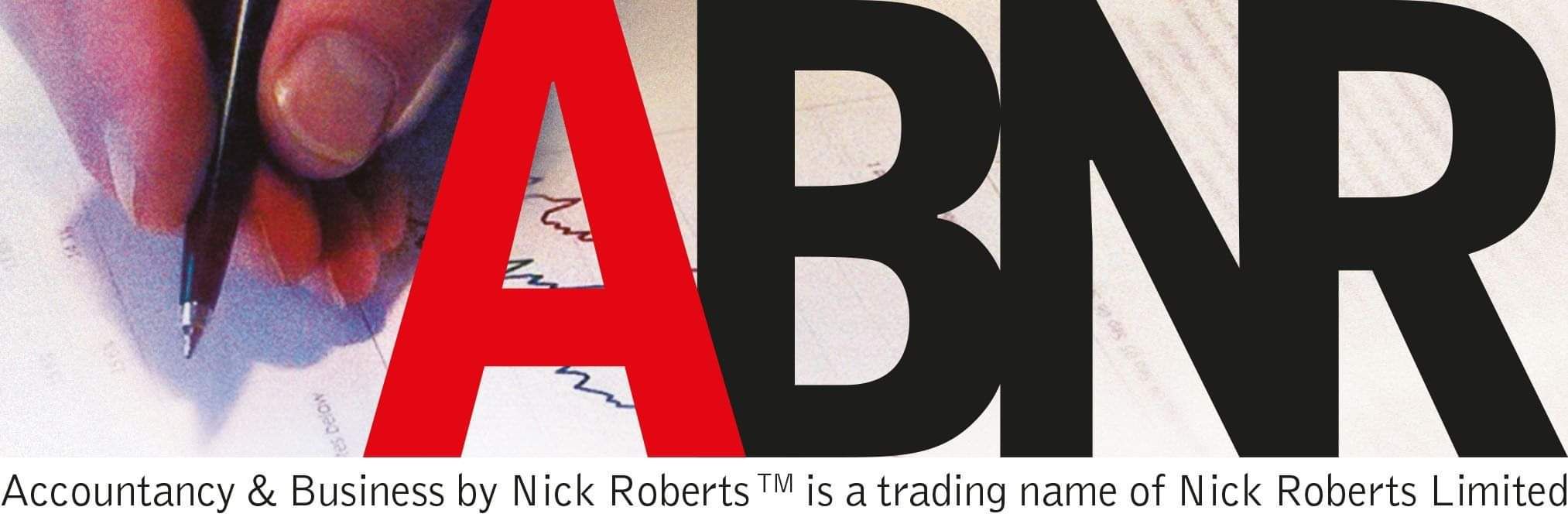In order to get your business to where you want it to be you must first determine where it is now, as otherwise, you won’t know how much work you have to do to improve and nor can you set goals or action strategies, because firstly, the goals have to be realistic in achievability, (in other words, there is no point in setting a goal that is a bridge too far), and secondly, the action strategies you adopt should address the specific problems in your business you need to resolve.
Here are some of my favourite useful, low-cost and practical analysis tools:
Benchmarking. Comparing your performance with your peers is simple, cheap and very effective. Any good accountant or business mentor should have access to benchmarking data but if they don’t, I can help you, so just ask.
Break-Even Analysis. Again, quick and simple but I’m always surprised by how few businesses know their break-even point taking into account drawings, tax & loan repayments etc. You can extend this, once calculated, to work out what turnover you need to reach to achieve your desired level of profitability.
Monthly or Bi-monthly Interim Financials. If you invest in good accounting software and some time and effort, you can produce the information any good bookkeeper or accountant needs to report on your ongoing profitability. OK, the figures will not be up to the standard of the your annual financials but it’s quick and easy to journal in depreciation and adjust for loan or HP repayments and if you get your bank, AR and AP right you’re just about there!
Gross Profit Margin Analysis. Before you put any strategies in place to improve your business it is essential to be aware of individual gross margins or margins across different product or service groupings, customer types or suppliers, as otherwise how will you will know whether any changes you intend to make will be effective? In addition, just by completing this exercise you will be far ahead of the competition as very few businesses know how they are performing in this area. Even if you made no dramatic changes, you would probably find that your business would improve just by you being aware of this information.
SWOT Analysis. An oldie but goodie, looking at your strengths, weaknesses, opportunities and threats gets you thinking about a whole range of issues so you can plan accordingly.
Key Performance Indicators. Here you can drill down into your business to see how you’re performing in those areas of the business which are critical to your success. For example, if you’re a retailer you should be looking at the number of active customers, transaction frequency i.e. how often a customer buys from you, sales per selling hour, store conversion ratio i.e. the percentage of customers who visit who buy, or profit per customer visit. What I do for my clients who use me as a mentor is to design a simple one-page monthly report showing the performance for the month and year to date compared to the previous year and target figures.
Competitor Analysis. Why re-invent the wheel, make the same mistakes others have made before or not take advantage of the ideas and strategies successful entrepreneurs have used to get ahead? There is a huge amount of information available these days plus it’s reasonably easy to find out what your competitors are doing well and where you can do better. Contact me for my useful Competitor Analysis worksheet.
Customer Care Analysis. How happy are your customers? How many of your customers are you losing? Ask me for my 30-point customer care commitment test - you might be surprised by the answers!
Prospect Conversion Rate. You’ve invested all that money and effort to get your business to where it is today and get the customer in the door so why not do the best you can to convert them to a customer? Just measure the percentage of prospects that become customers across the different sources of leads and overall. For example, for referrals your conversion rate should be 90% or more!
Leads Analysis. Work out where your new prospect leads come from e.g. how many come from your website, walk-ins, advertising or referrals? Having done that, then work out the average cost of a lead from each source category. This enables you to concentrate on the most fertile leads sources as well work out the best use of your marketing $ in comparison to the lifetime value of a typical customer.
Customer Profitability Analysis. The 80/20 principle holds true every time. If you find which customers are making you the most profit you can focus on them plus encourage them to refer their friends - guess what type of businesses their friends will have? The other 80% can, on the whole, be left to themselves.
If you need help to plan for your business to succeed contact Nick on 021 225 6425 NICK or email nick@abnr.co.nz.


